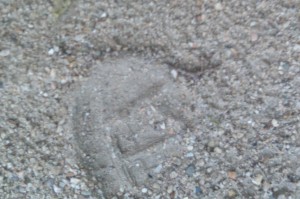Thank you again for making THATCamp Virginia such an absolutely fantastic event! I wanted to follow up with just a couple of final things:
Evaluation
The good folks at THATCamp Central have asked us to ask you to fill in a brief evaluation about your THATCamp experience, which can be found here: www.surveymonkey.com/s/thatcampeval We’re always interested in feedback so we can make THATCampVA (and all THATCamps) as successful as possible. (You can see anonymous results here.)
Capturing the THATCamp experience
Please feel free to continue to make use of the THATCampVA blog for any ongoing post-THATCamp discussion. And if you post any related thoughts to your own blog, feel free to share a link with us on the THATCampVA blog. Future scholars of THATCamps appreciate it when tweets, blog posts, Flickr pictures, or other social media get tagged with “#thatcamp”–it makes it easier for them to find the material. You might also be interested in contributing to the THATCamp documentary project or to the Proceedings of THATCamp. If you want to make a nomination (self- or otherwise) to be part of the Proceedings, here’s how it’s done:
- If it’s a blog post on any registered THATCamp site, whether on or off thatcamp.org, assign it the category #proceedings.
- If it’s something else, say a Flickr image, a tweet, or a post on a personal blog, tag and/or categorize it with both #thatcamp and #proceedings.
- If it’s something that can’t easily be tagged, such as a Google Doc, put a link to it in a blog post and categorize or tag that blog post
Again, thank you all so much for coming and making THATCampVA so rewarding, and we hope to see you again next time!


